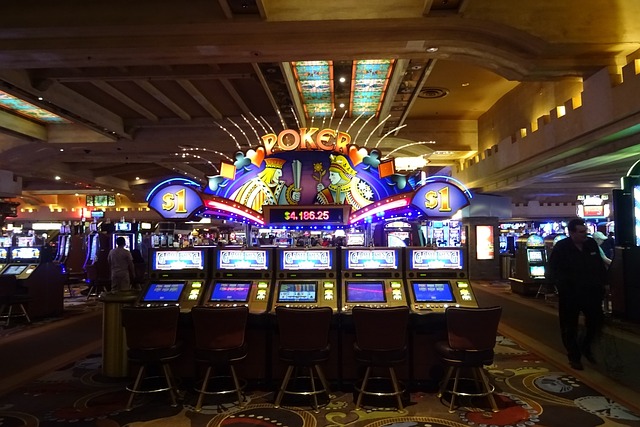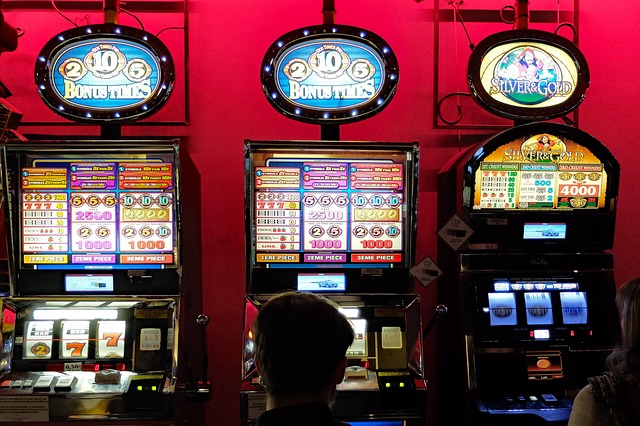In online casinos, one of the most important numbers to understand is the RTP — Return to Player. Often mentioned in slot descriptions or game rules, the RTP tells you what percentage of your wagers a game will pay back over time. Understanding RTP helps players make informed decisions and manage expectations, balancing enjoyment with realistic outcomes.
What Is RTP?
RTP is a mathematical measure of a game’s average payout relative to the amount wagered. For example, a slot with an RTP of 96% is designed to return $96 for every $100 wagered over a long period.
It’s important to note that RTP is theoretical. Individual sessions can vary dramatically — you could win big or lose quickly. RTP is calculated over millions of spins or rounds, giving players a benchmark rather than a guarantee.
Before choosing a game, it’s helpful to understand how RTP impacts both strategy and bankroll management.
How RTP Affects Your Chances
Higher RTP games generally offer better long-term value, while lower RTP games favor the casino more heavily. For instance, a 98% RTP slot will, on average, return more money to players than a 92% slot, even though short-term outcomes are random.
Common Misconceptions
- RTP guarantees wins: It does not. RTP is an average over time.
- Higher RTP always means better fun: Some low-RTP games are designed for excitement, bonus features, or bigger jackpots.
- RTP changes during play: No, the percentage is fixed by the game’s programming.
Understanding RTP helps you align your gaming choices with your goals — whether chasing big wins or extending playtime.
RTP Across Different Games

RTP varies significantly between game types. Slots typically range from 92% to 98%, while table games often offer higher RTP due to skill influence.
| Game Type | Average RTP | Notes |
|---|---|---|
| Slots | 92–98% | Includes progressive and themed slots |
| Blackjack | 99%+ | Can reach 99.5% with basic strategy |
| Video Poker | 97–99% | Depends on the variant and optimal play |
| Roulette (European) | 97.3% | Slightly lower on American wheels (94.7%) |
| Baccarat | 98.9% | Banker bets offer the best edge |
This table highlights why skill-based games often offer higher RTP — because player decisions influence outcomes.
How Casinos Present RTP
Casinos typically display RTP in the game info or paytable. However, some games display average RTP based on global play rather than a specific session.
Many progressive slots list slightly lower base RTP because part of each bet contributes to the growing jackpot. This doesn’t reduce the theoretical payout but affects short-term variance.
Using RTP to Make Better Decisions
While RTP alone doesn’t guarantee wins, it can guide smart play:
- Compare Games: When multiple similar games are available, choosing higher RTP options increases expected returns.
- Manage Bankroll: Games with higher RTP generally result in slower losses, allowing longer play sessions.
- Balance Fun and Value: Combine high-RTP games with lower-RTP ones for a mix of excitement and longer playtime.
RTP should be just one factor in your decision-making. Volatility, bet size, and game features also play a role in your overall experience.
RTP vs Volatility

RTP is often misunderstood without considering volatility. A high-RTP game can still be highly volatile, meaning big wins are rare but possible. Conversely, low-volatility games may pay smaller amounts frequently but could have slightly lower RTP.
Understanding both metrics helps you select games that match your risk tolerance and play style.
Conclusion
RTP is a key metric that demystifies the odds behind casino games. While it doesn’t guarantee individual wins, it provides insight into expected returns over time and helps players choose games strategically.
By combining knowledge of RTP, volatility, and game mechanics, players can make smarter decisions, manage their bankroll effectively, and enjoy a more informed and satisfying gambling experience.
